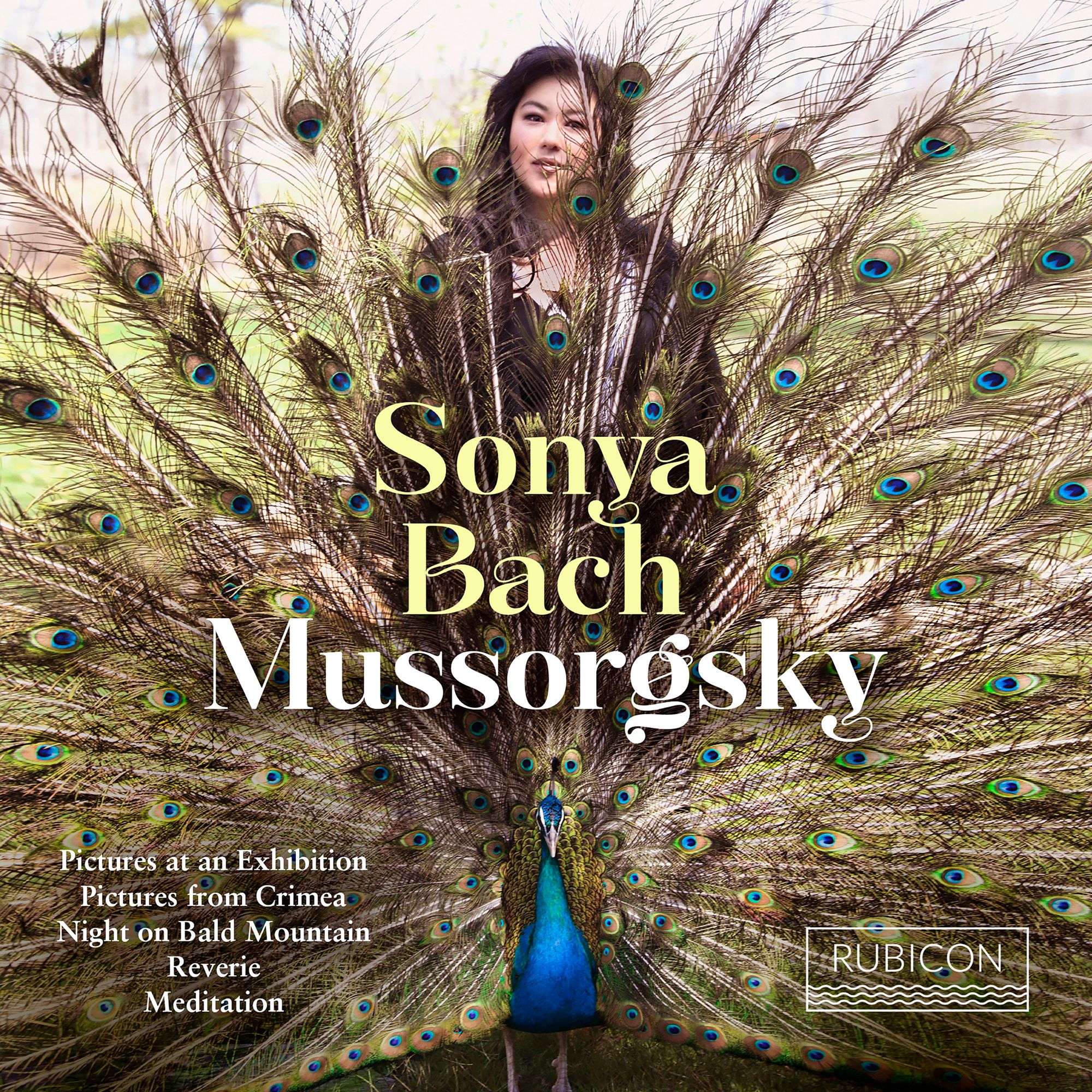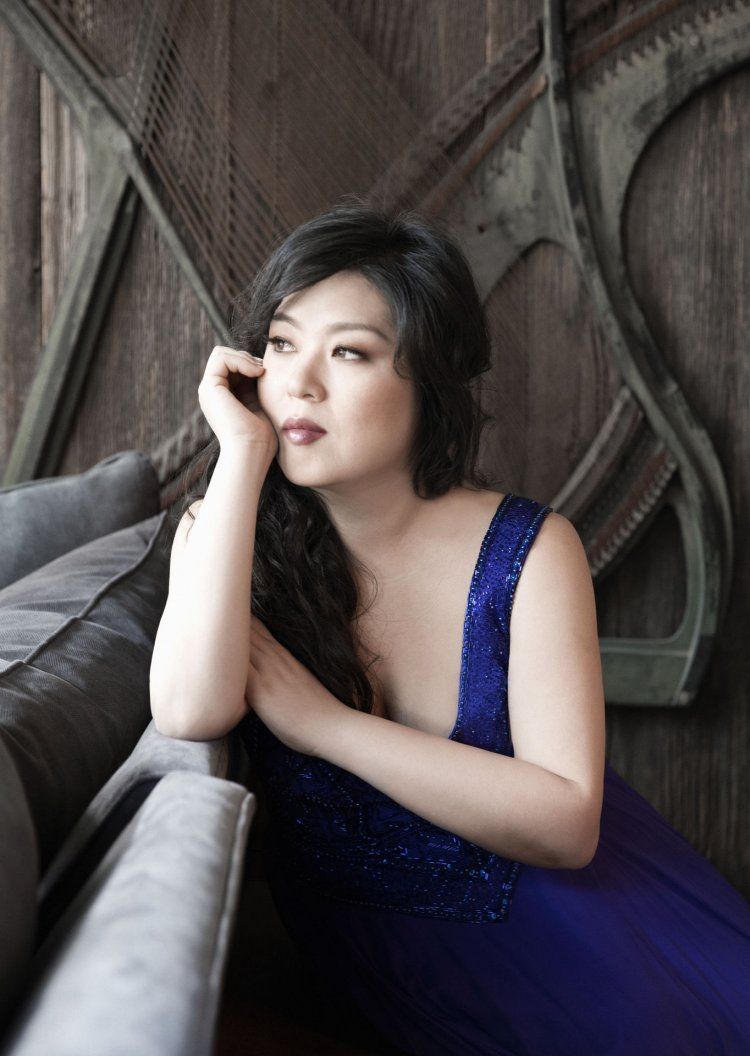Sonya Bach plays Mussorgsky
This is a fine disc, beautifully recorded, featuring performances by a performer of notable musical intelligence

At Classical Explorer, we previously wrote on Sonya Bach’s fine Rachmaninov disc. Now, on the same label (Rubicon), she offers an all-Mussorgsky disc holding at its centre the famous Pictures at an Exhibition.
But perhaps it is the pieces around Pictures that fascinate even more. We begin with an arrangement of Night on a Bare Mountain, arranged for solo piano by Konstantin Chernov (1865-1937). The arrangement was published in 1902:
The arrangement is phenomenally inventive. Mussorgsky's original (most often heard in the Rimsky orchestral version) is a dark invocation of an archetypal witches sabbath, including a calling of Satan before the bell of a nearby village church disperses the orgiastic mayhem, and day breaks. Frankly I'm surprised the witches didn't use the church itself as venue for the orgy to add an extra layer of desecration, but there you go. Bach manages to find real power and energy for the ritual itself, but the true strength of this reading is in the final section, which sings beautifully, its sense of space implying the infinite vistas of a (Christianist) Beyond:
There is a notable alternative performance of this arrangement, by Alessio Bax on Signum. While Bax is certainly technically assured, Bach is the more imaginative, and her final section is more healing, more calming. Here's Bax:
(I marginally prefer the Rubicon recording to the Signum, also: Bach is offered more sense of space and in a slightly truer perspective).

Bach offers in total four of the extant 17 solo piano works by Mussorgsky. The first two form a couple, Pictures from Crimea. They have very similar titles: (“On the Southern Shore of the Crimea” and “Near the Southern Shore of the Crimea”) but are actually nicely contrastive. The first begins contemplatively, but opens out, moving from Largo to a “scherzando, leggiero”:
.. while the second is more earthy (a capriccio, marked “Pesante”: heavy), itself contrasting with.central Andantino gracioso, which for all its grace retains its Mussorgskian language. There is a tolling repeated note here that seems to link to both Pictures and perhaps the bells of Night:
Published in 1865, Duma (Reverie on a theme by Vyacheslav Alekseevich Loginov) is a staggeringly beautiful piece, and Bach absolutely rises to the occasion. Let it never be forgotten that there is a type of virtuosity in this slower music, too, in the weighting of chords, in the awareness of line and of overall shape. I strikes me, there is more than a touch of lullaby about this:
The placement of the Meditation (Album Leaf) is inspired. The writing here is spare, often two-lines only (and, of course, Pictures enters with a single line, now purposeful, striding - it is, after all, a “Promenade”!). The Meditation was written in 1880, the year before Mussorgsky's premature death.
... and so to Pictures. This is a monumental interpretation: “Gnomus” leaves us in not doubt of that:
It is clear huge care has gone into this. “The Old Castle” is beautifully sculpted; “Tuilleries” is completely rethought, a beautiful Fabergé egg of a performance. Just the slightest feeling of rushing would have ruined it, but there is none - which ensures maximal contrast to the lumbering “Bydlo”, Best to hear them together, and perhaps notice just how fabulous the recording is for the climax of “Bydlo”:
As to the unhatched chicks, you may well hear lines you'd never noticed before. And how those ladies in the marketplace at Limoges chatter!:
The final “Great Gate of Kiev” rings out loud and true:
This is a fine disc, beautifully recorded, featuring performances by a performer of notable musical intelligence. Recommended.
